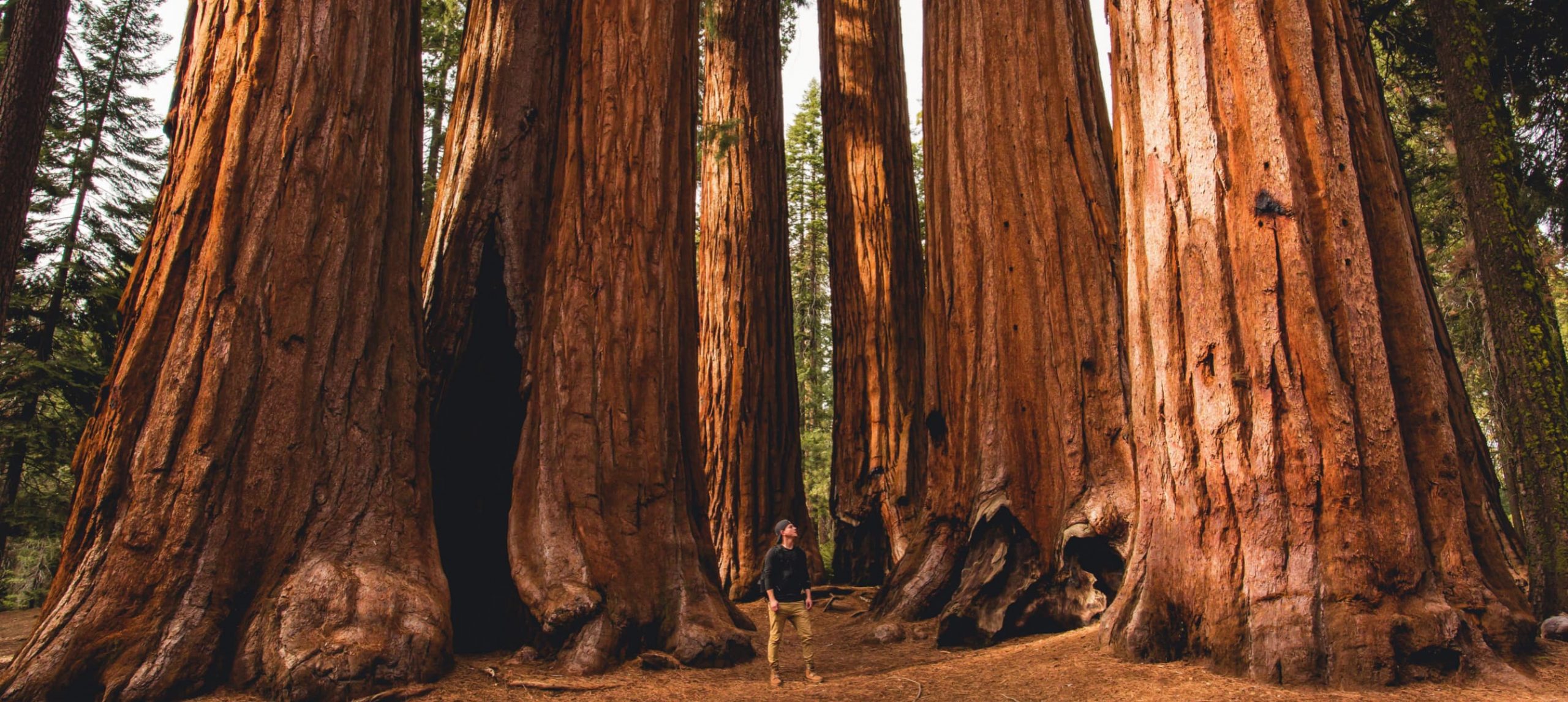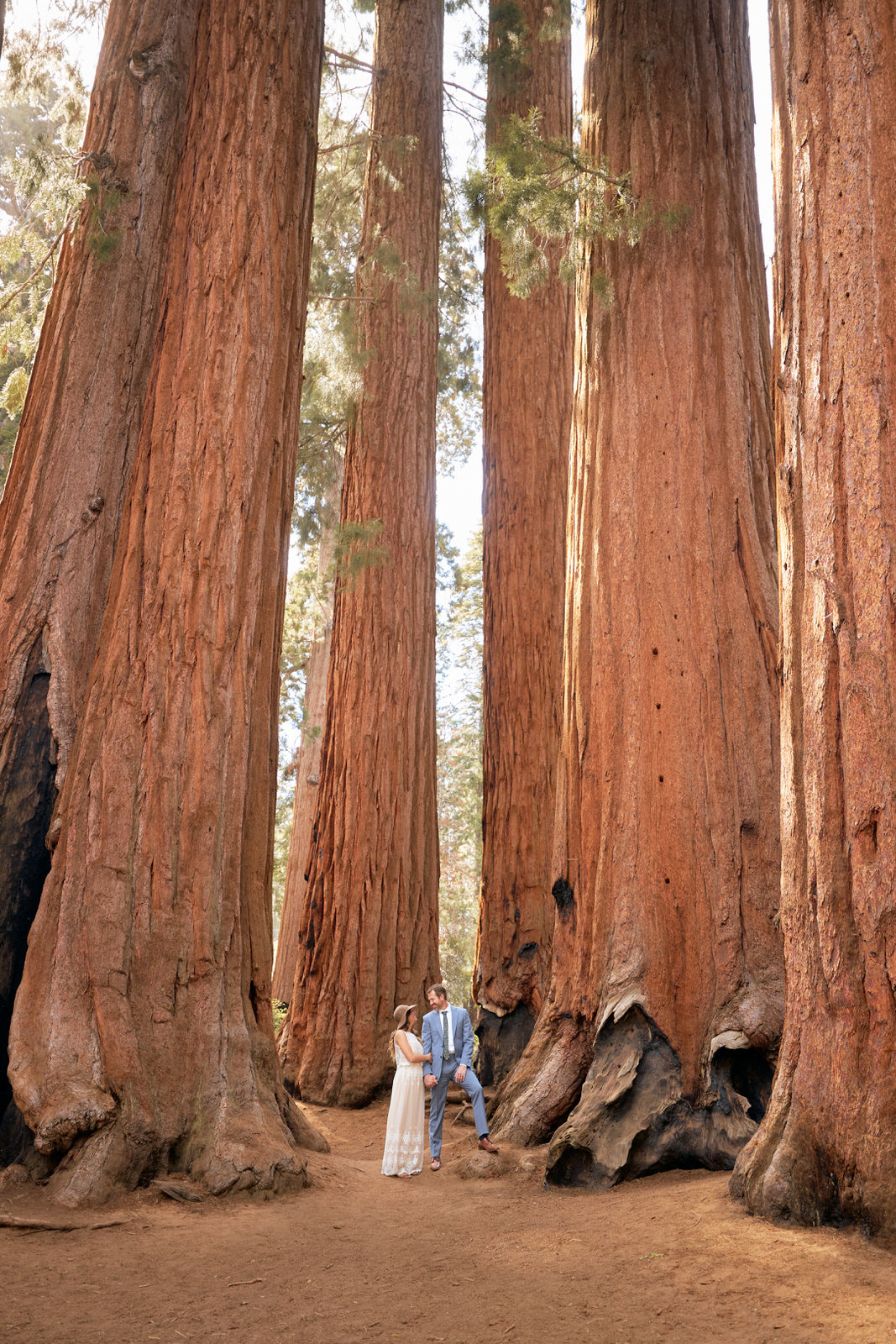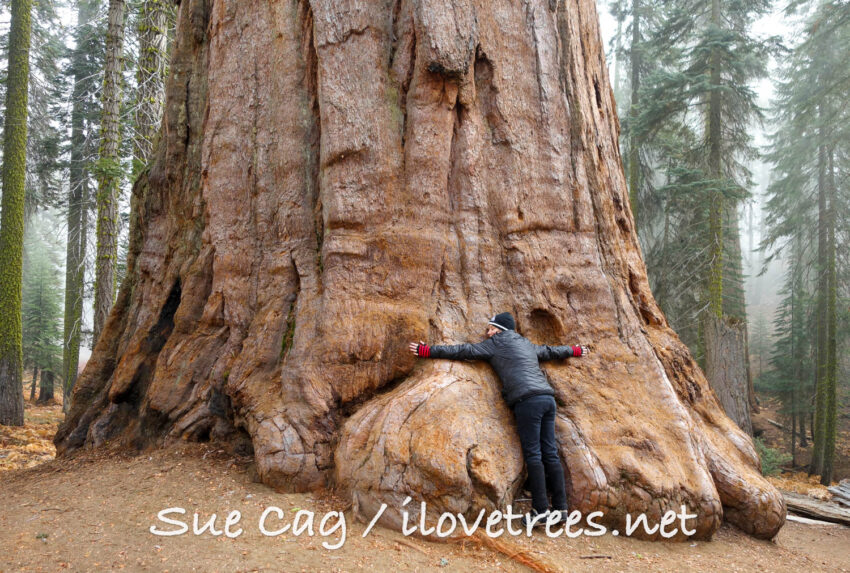Sequoia National Park Activities-- What to Do and See During Your Keep
Sequoia National Park Activities-- What to Do and See During Your Keep
Blog Article
Check Out the Diverse Wildlife Habitats Within Sequoia National Forest
Sequoia National Park is an ecological treasure, showcasing a remarkable variety of wild animals environments that add to its abundant biodiversity. From the magnificent giant sequoia woodlands to the varied alpine fields, each atmosphere plays a critical duty in sustaining various species, including both typical and uncommon animals. The interplay of these environments not only cultivates an one-of-a-kind ecosystem however also emphasizes the value of conservation initiatives in keeping this equilibrium. As we take a look at the particular characteristics of these environments, interesting questions arise regarding the interconnectedness of life within this amazing landscape.
Summary of Sequoia National Forest
Sequoia National Park, snuggled in the southern Sierra Nevada hill variety of The golden state, is renowned for its awesome landscapes and towering huge sequoias. Developed in 1890, it is one of the earliest nationwide parks in the United States, devoted to preserving the all-natural charm and environmental stability of this one-of-a-kind region. The park includes over 404,000 acres of diverse terrain, featuring marvelous hills, deep canyons, and rich meadows.

Site visitors can explore many hiking trails, varying from leisurely walks to tough backcountry paths, each offering a distinct perspective of the park's splendour. With its mix of natural wonders and leisure possibilities, Sequoia National forest offers as an essential haven for both wild animals and those seeking to link with nature.

Major Wildlife Environments
The varied landscapes of Sequoia National Park develop a mosaic of wildlife environments that support an abundant variety of varieties. These habitats vary from lavish fields and dense forests to rocky towering zones and expansive river valleys, each providing one-of-a-kind environmental niches.
One noticeable environment is the giant sequoia woodland, defined by towering trees and a rich understory, which supports numerous animals, birds, and pests. The combined conifer forests, made up of types such as sugar pine and white fir, deal extra shelter and food sources for wildlife.
Meadows and meadows play a crucial function in the park's environments, working as vital foraging premises for herbivores like deer and small mammals. These open locations likewise attract varied bird types, specifically throughout migration seasons.
The park's greater elevations include towering environments, where conditions are rough and species are adjusted to survive in such extremes (Sequoia National Park hour). Here, one can discover unique vegetation and animals that thrive in rough, cool environments
Vegetation and Animal Variety
Within the varied environments of Sequoia National Park, an impressive selection of plants and animals coexists, showcasing the complex relationships that sustain the park's biodiversity. The park is home to over 1,300 plant species, including the iconic large sequoias, which are among the largest and earliest trees on Planet. These stunning trees supply necessary habitat and food sources for different wildlife, fostering a complex internet of eco-friendly communications.
Animal types in Sequoia National forest are equally diverse, with environments ranging from lowland foothills to high alpine atmospheres. Creatures such as black bears, mule deer, and bobcats grow in this abundant ecological community, while avian types, consisting of the marvelous gold eagle and the elusive discovered owl, grace the skies. Amphibians and reptiles, like the Sierra amphibian and the western rattlesnake, also play crucial functions in keeping ecological balance.
The park's special mix of elevation gradients and microclimates sustains these diverse types, highlighting the value of maintaining the all-natural environments that permit such an abundant tapestry of life to prosper. Comprehending this diversity is essential for appreciating the ecological importance of Sequoia National forest.
Preservation Initiatives in the Park
Conservation initiatives in Sequoia National forest play an essential role in safeguarding its distinct environments and the varied varieties that populate them. The park uses a multifaceted technique, consisting of environment repair, types monitoring, and invasive varieties monitoring. These campaigns are crucial for preserving the delicate balance of the park's environments, that include gigantic sequoias, meadows, and alpine atmospheres.
Active restoration jobs focus on improving native plant neighborhoods and fixing up degraded habitats. Sequoia National Park hour. This is particularly vital in areas influenced by human activity or all-natural disturbances such as wildfires. The park's biologists perform routine tracking of key species, including the threatened Sierra Nevada bighorn lamb, to examine populace health and notify management methods
Invasive varieties present a considerable hazard to the park's biodiversity. With these thorough efforts, Sequoia National Park strives to secure its rich all-natural heritage for future generations while guaranteeing the resilience of its varied wild animals environments.
Tips for Wildlife Monitoring
Observing wildlife in Sequoia National forest provides a distinct opportunity to get in touch with nature and appreciate the diverse types that grow in this amazing environment. To maximize your wildlife observation experience, consider numerous important pointers.
To start with, strategy your see throughout morning or late mid-day, as these times are most energetic for many pets. Bring binoculars to observe wildlife from a risk-free range without disrupting their natural behavior. Furthermore, acquaint yourself with the species you hope to see; recognizing their behaviors and habitats can improve your possibilities of spotting them.
Patience is vital; wild animals monitoring usually needs waiting silently and understanding your surroundings. Remain on assigned routes to lessen your influence on the ecological community and ensure your safety. go to this website It is likewise a good idea to keep a considerate range from animals, preventing any kind of actions that could emphasize them or interrupt their setting.
Lastly, think about joining assisted trips led by knowledgeable park rangers. These experts can give valuable understandings and raise your opportunities of observing wild animals in their natural settings. By complying with these pointers, you can enrich your experience and add to the preservation of Sequoia's wildlife.

Conclusion
Sequoia National Park offers as an essential sanctuary for diverse wildlife, showcasing an impressive array of environments that support countless species. Eventually, the park's biodiversity emphasizes the significance of preserving such natural landscapes for future generations.
Please visit one of our local supporters - Wholesale Liquidation Pallet 1riginal Nike Shoes
Report this page